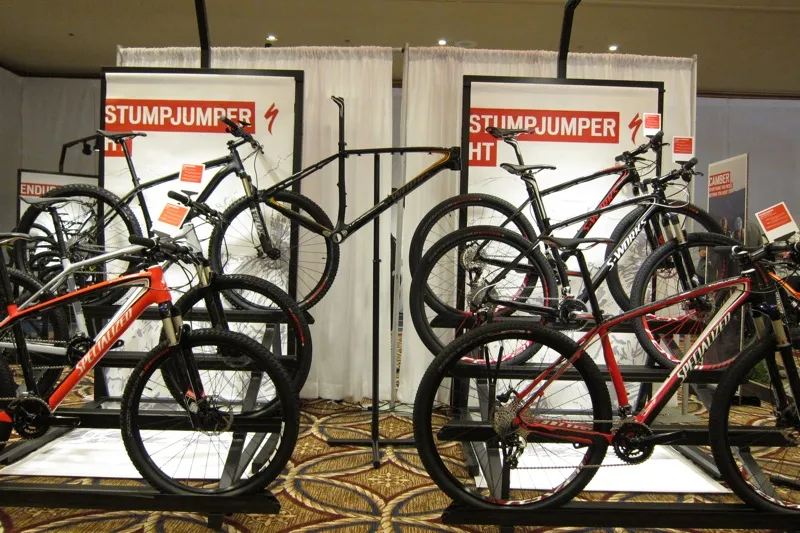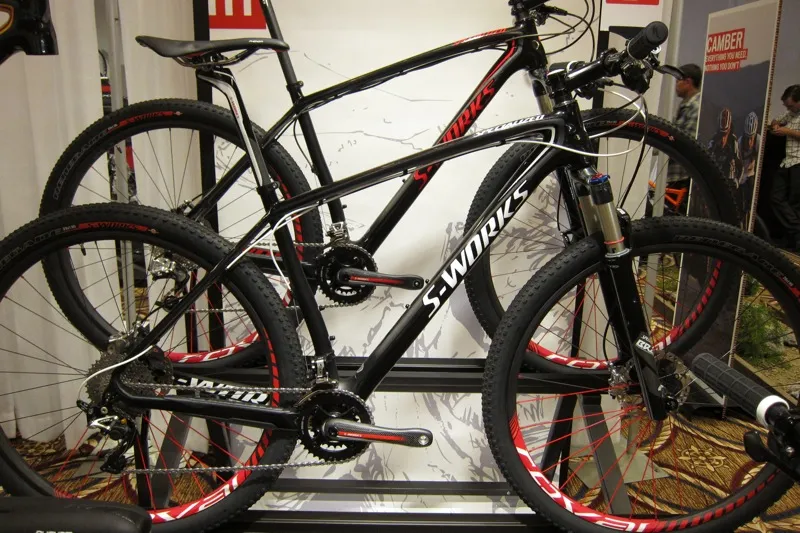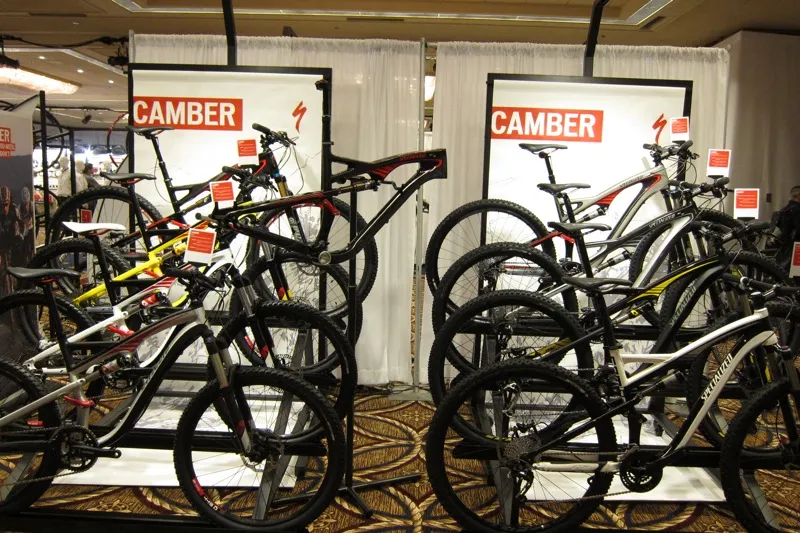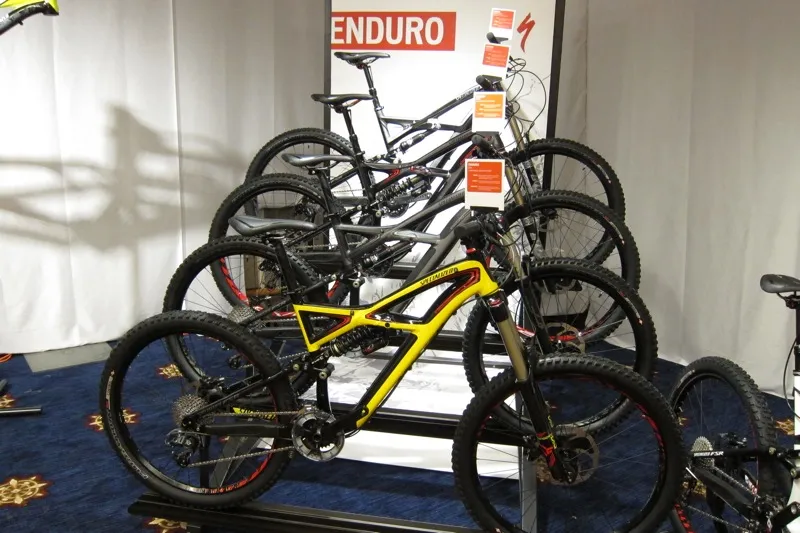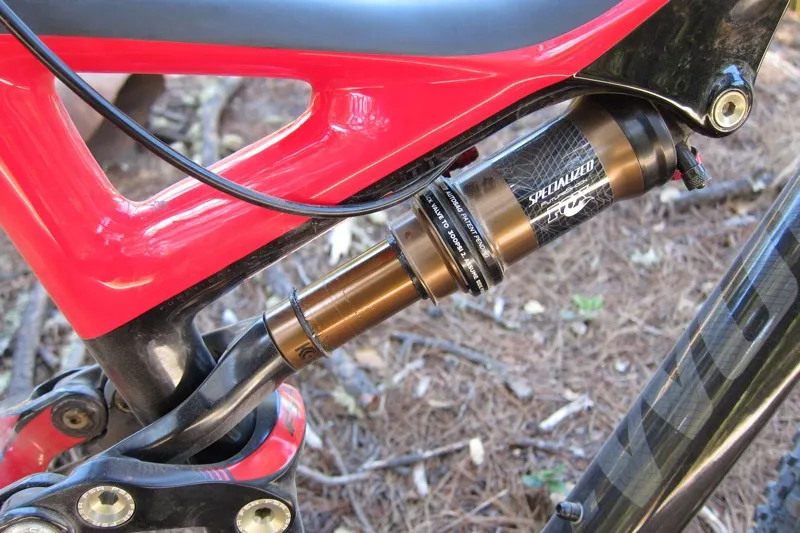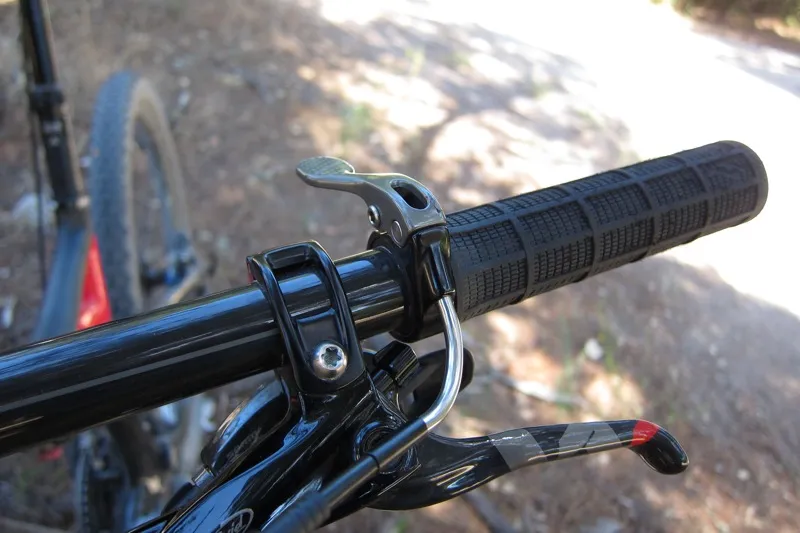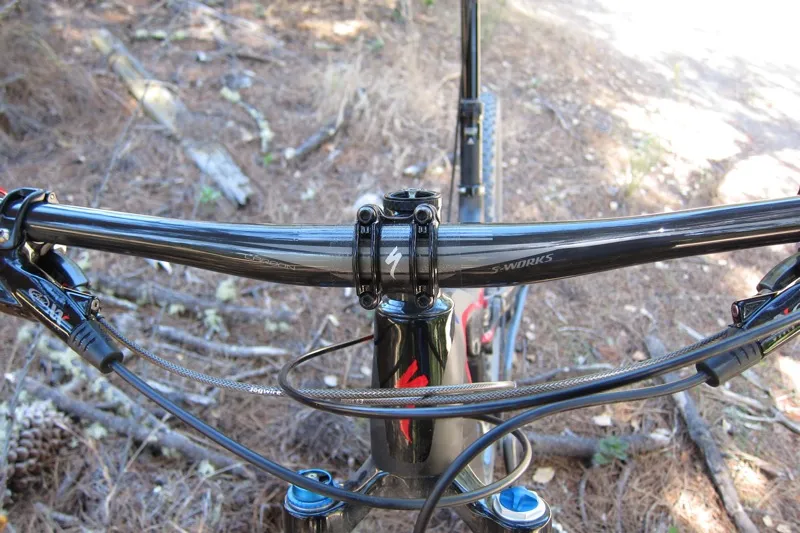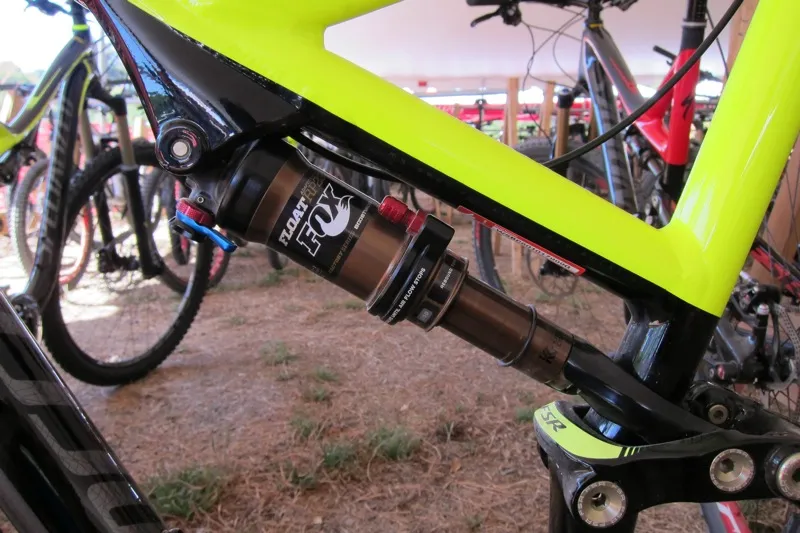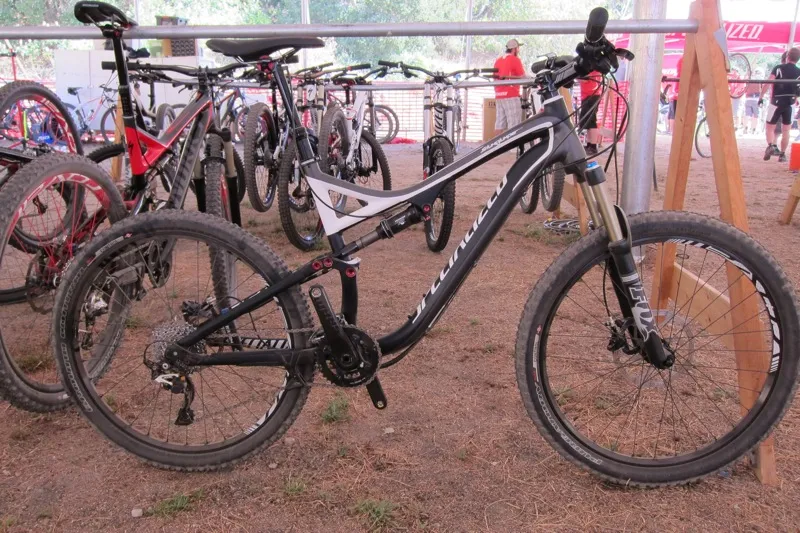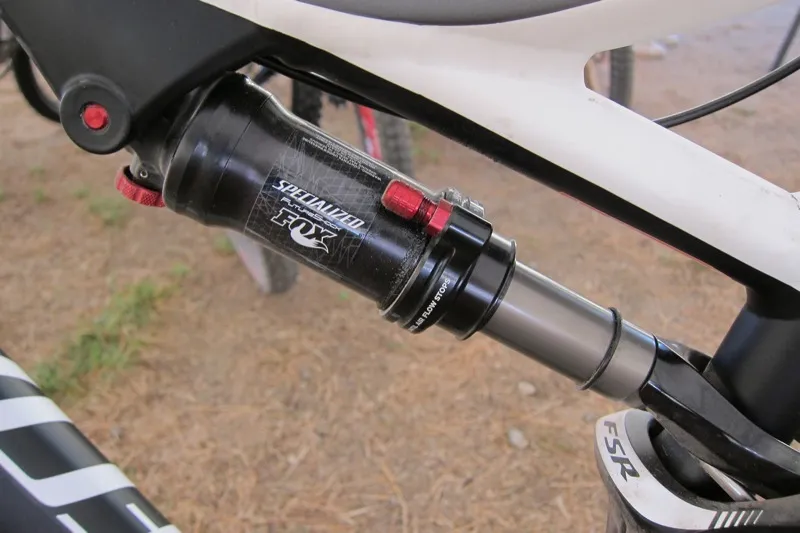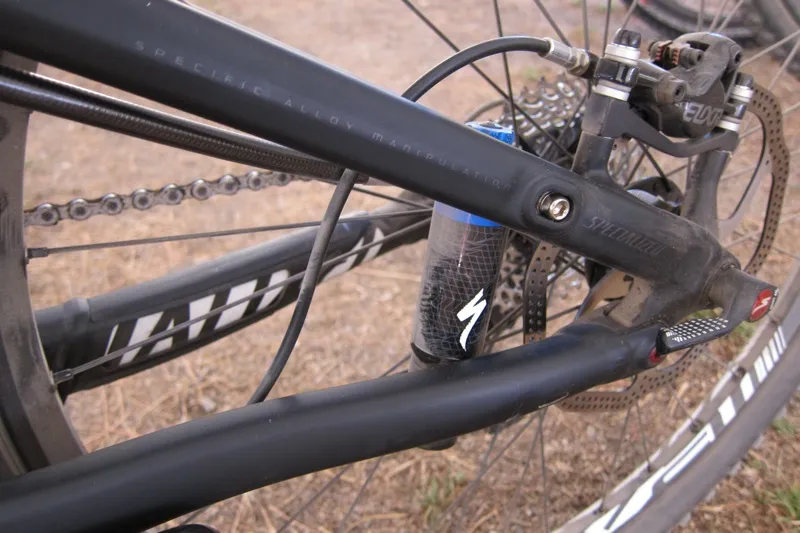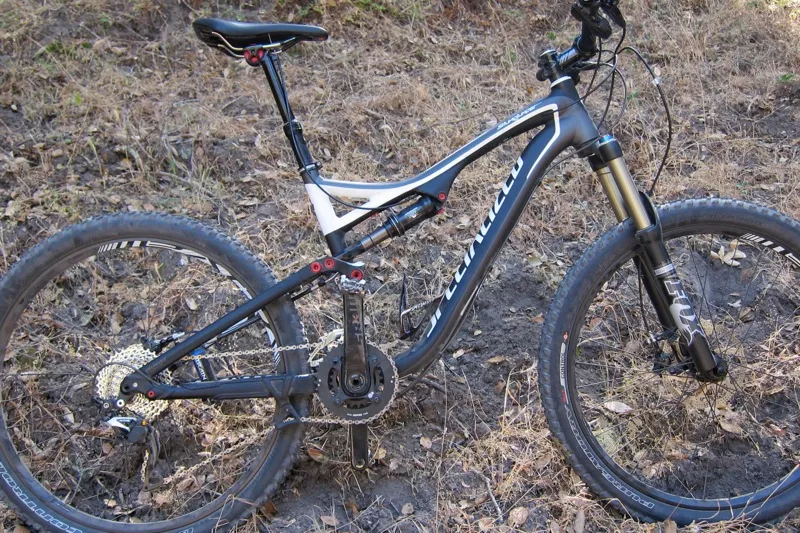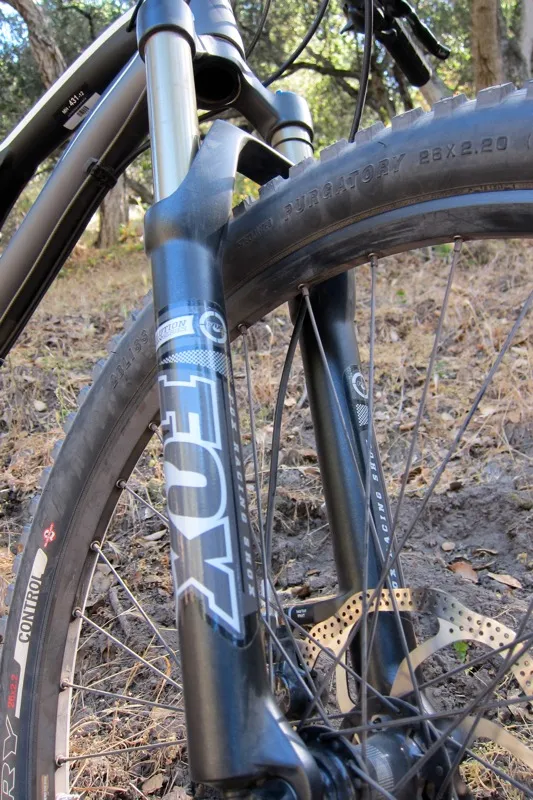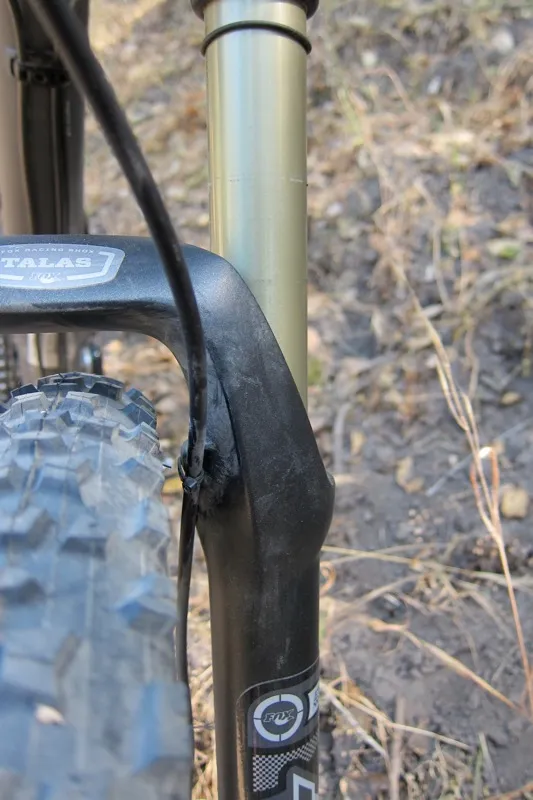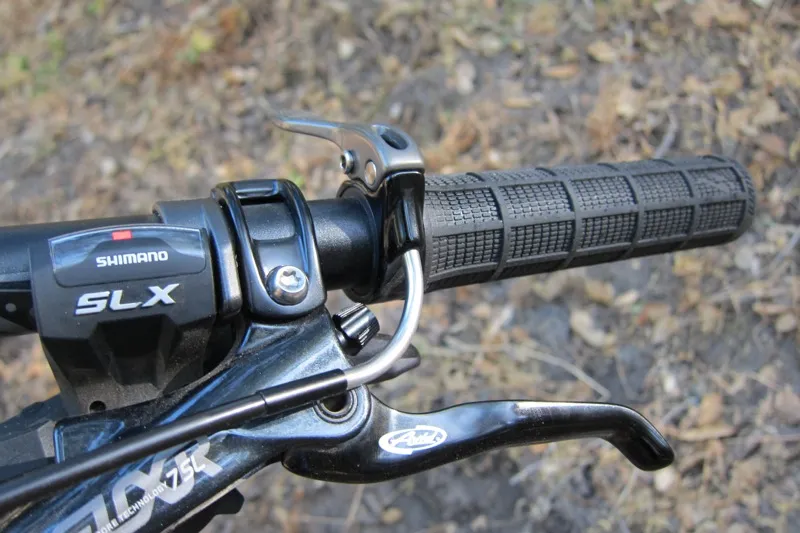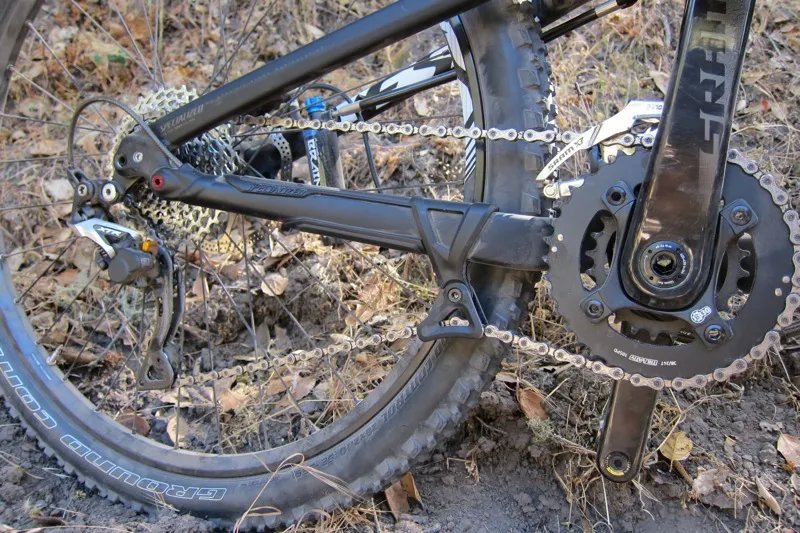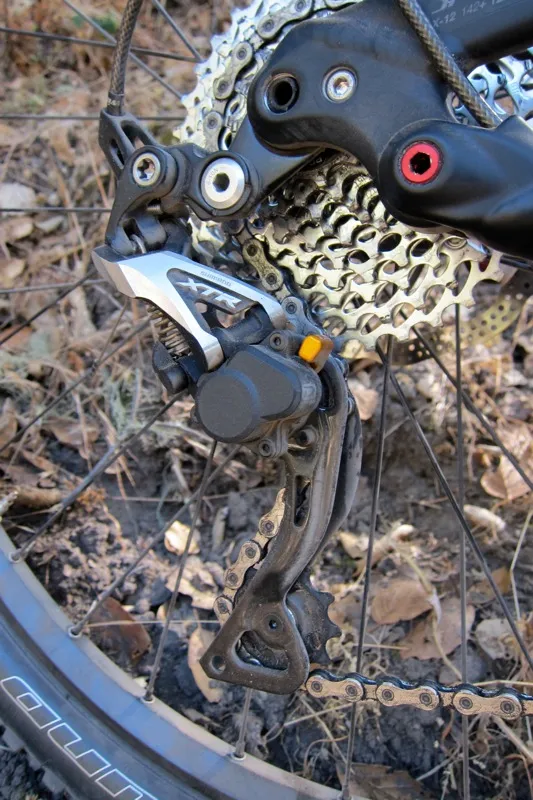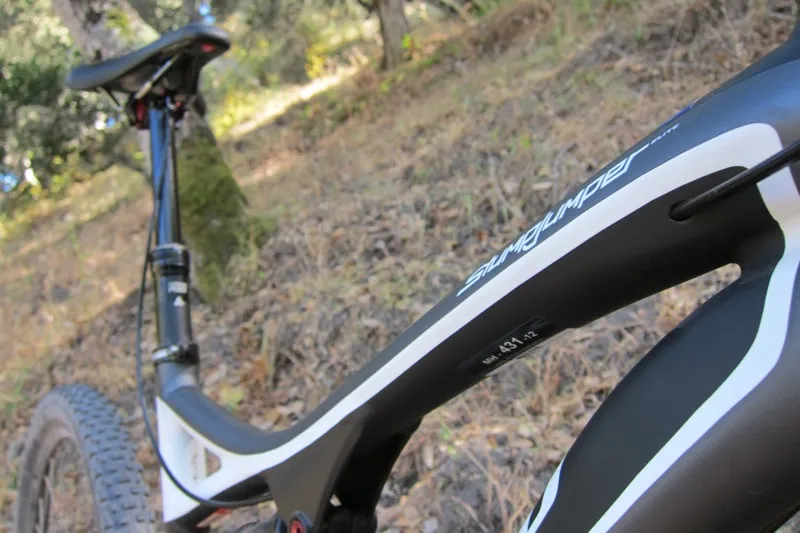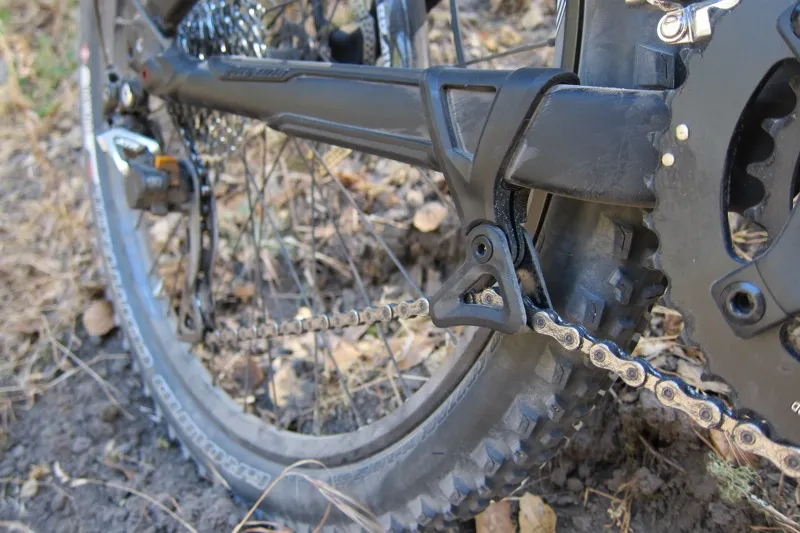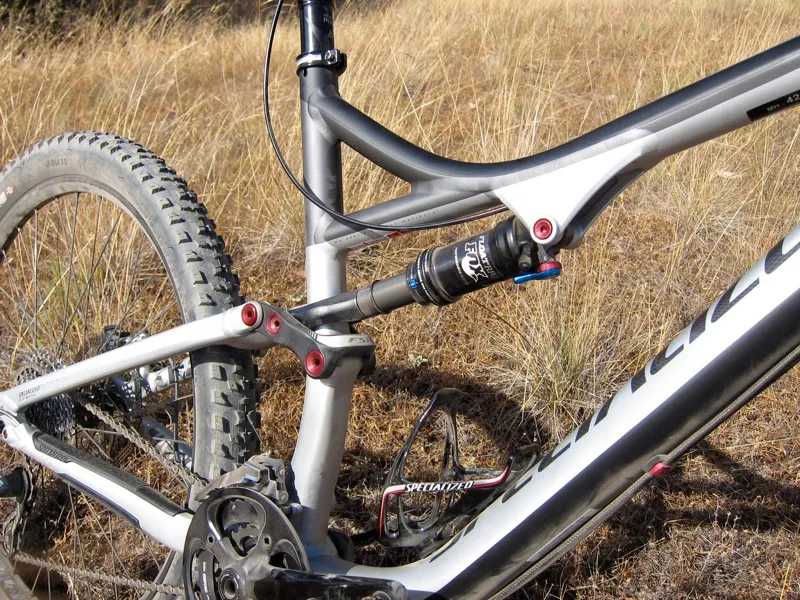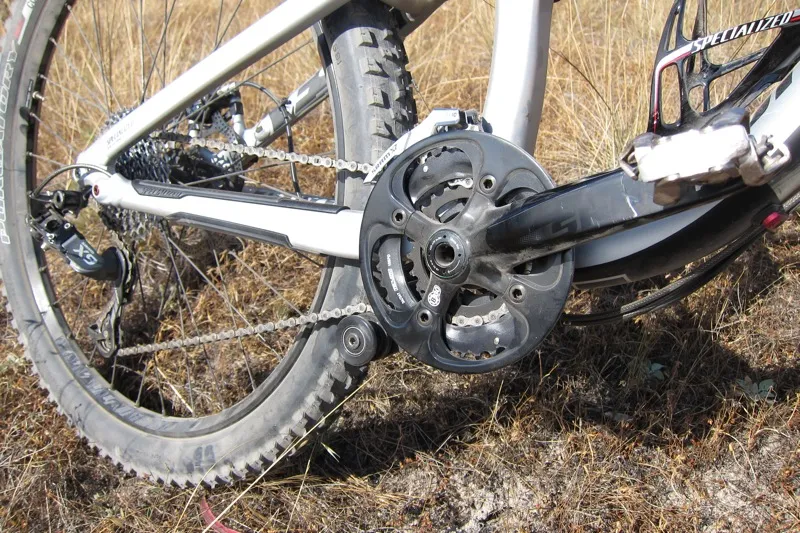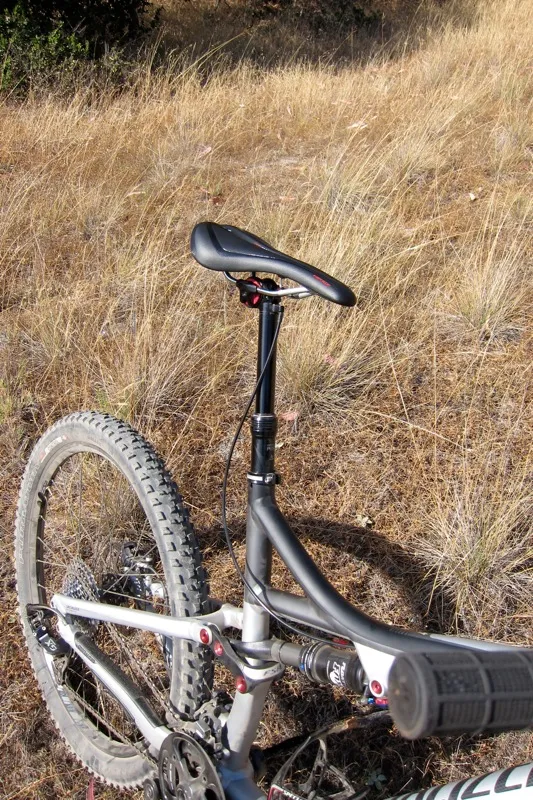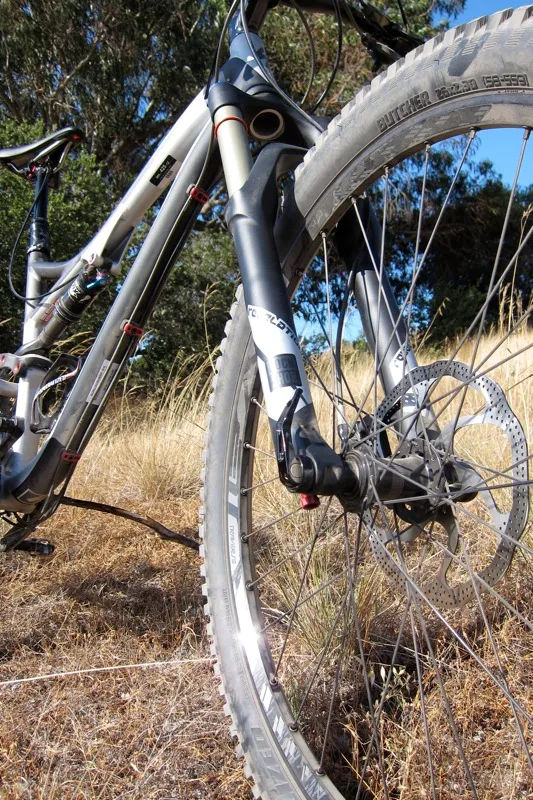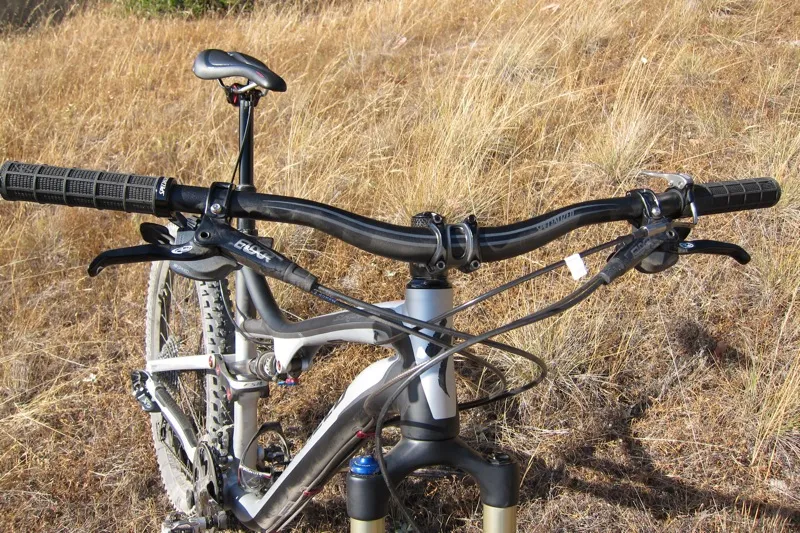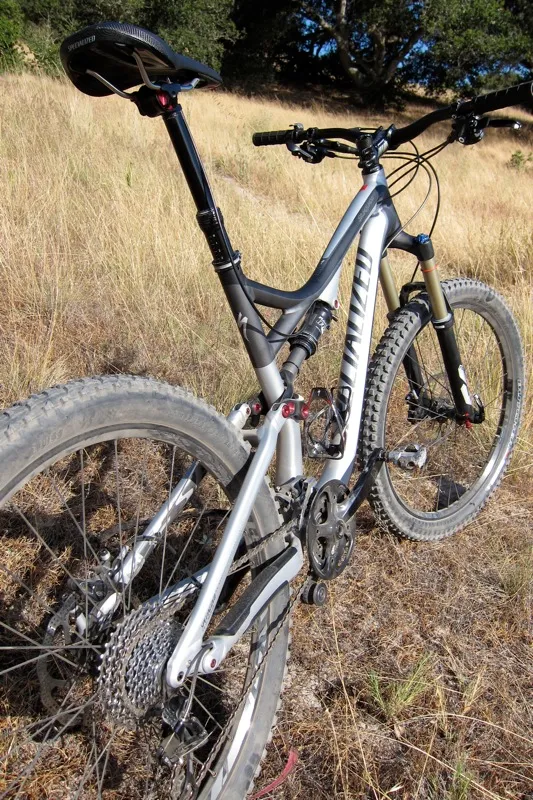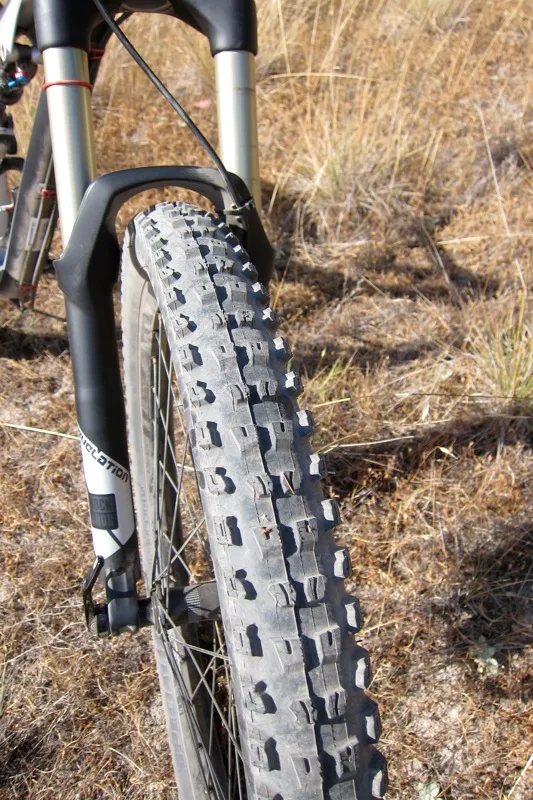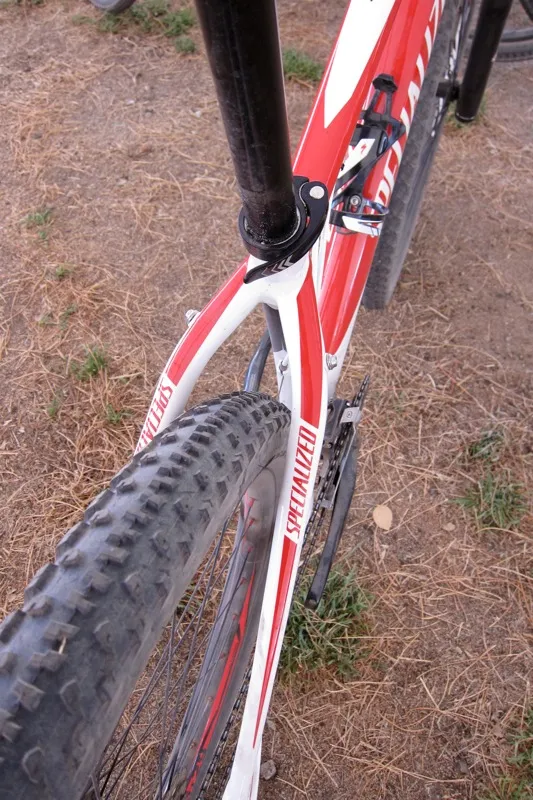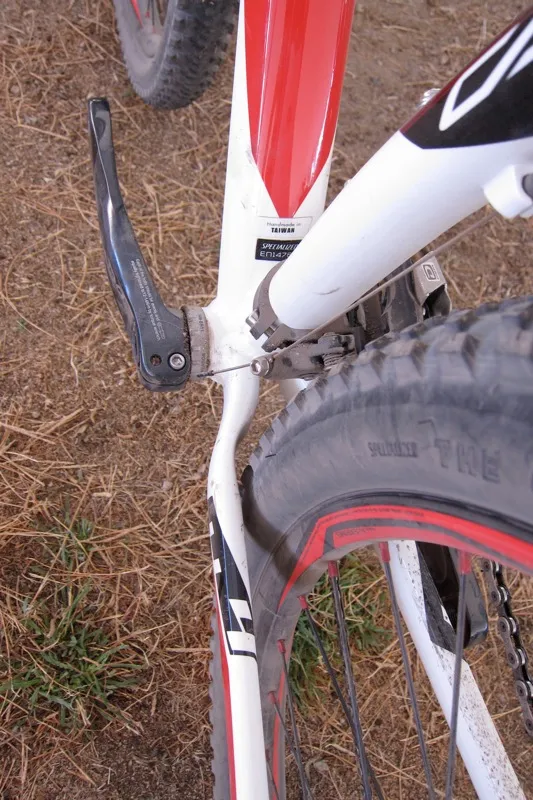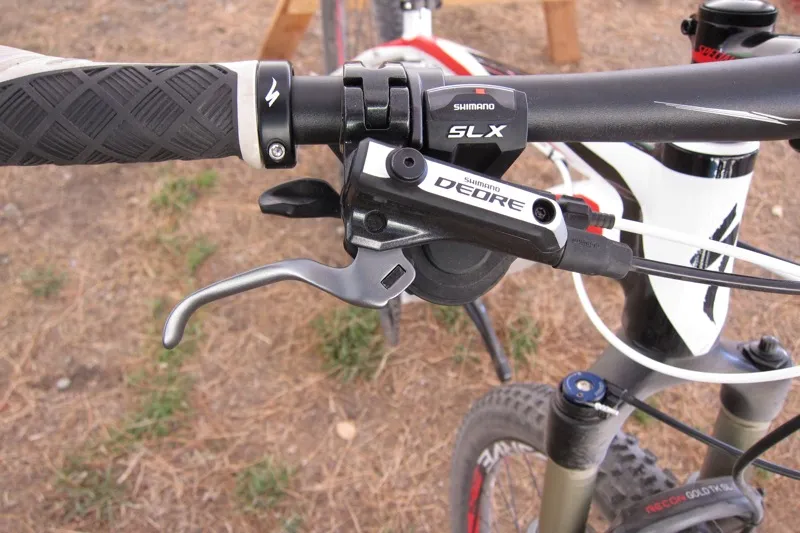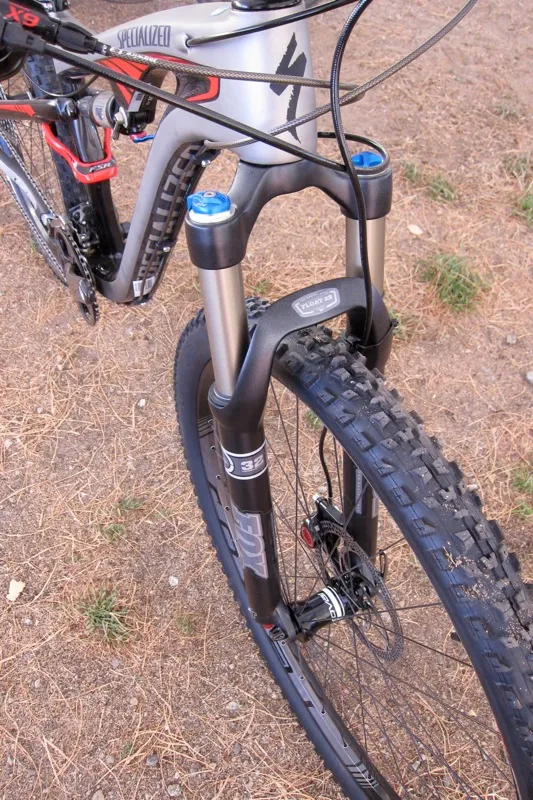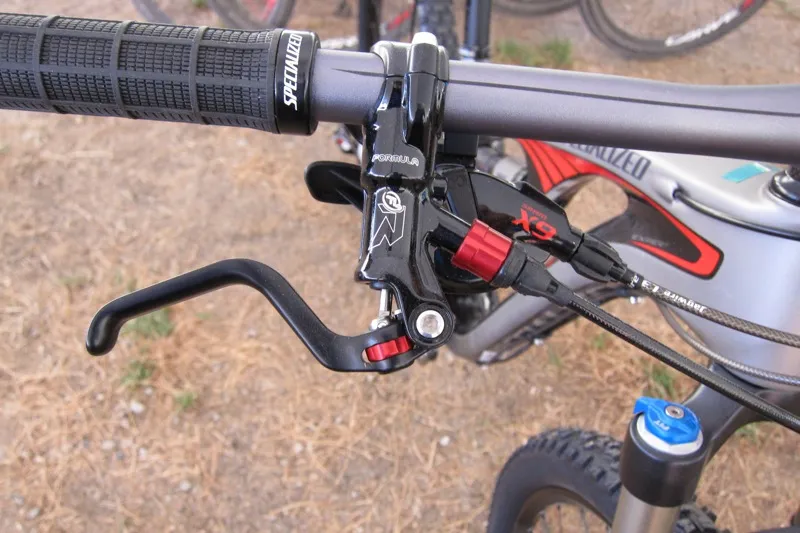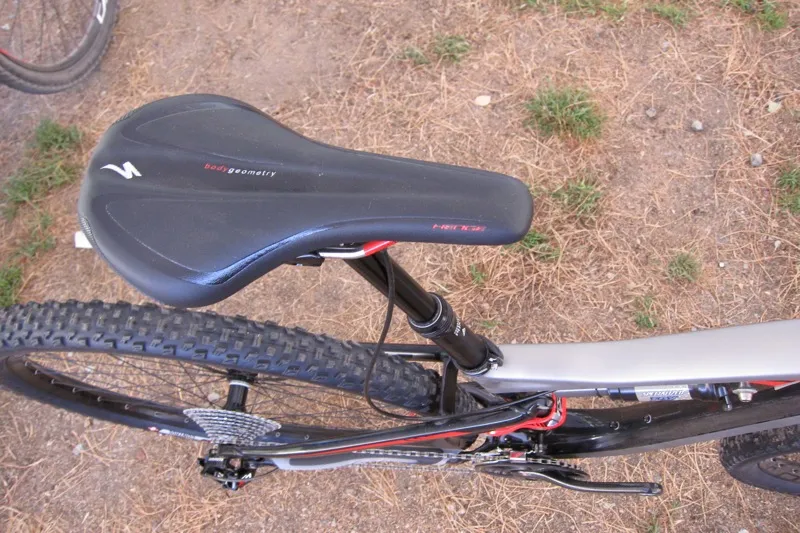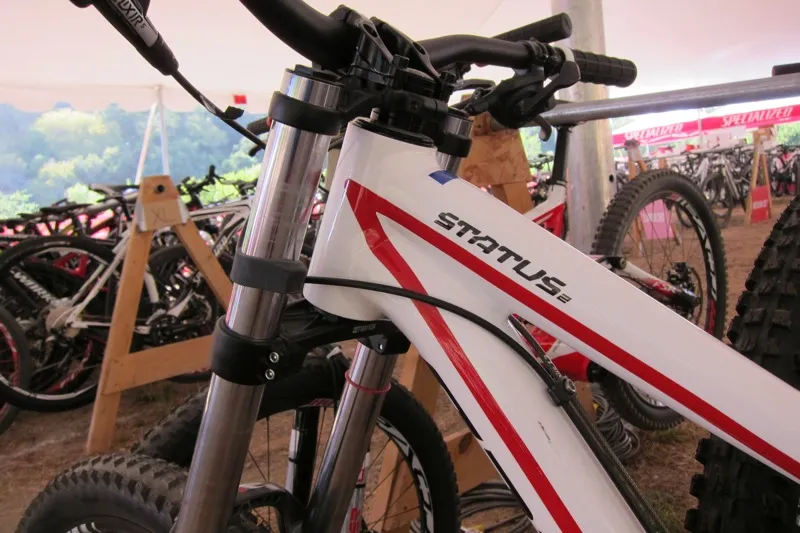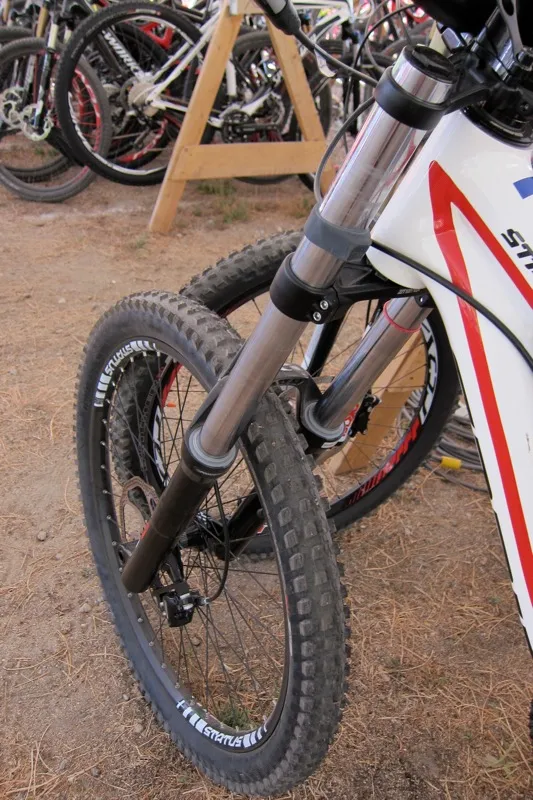Specialized's latest redesign of the 30-year-old Stumpjumper is the biggest news for 2012, but they also have new carbon Camber and alloy Carve 29ers, as well as a new entry-level downhill rig, the Status, which is a replacement for the stalwart Big Hit model.
At their global mountain bike launch in Monterey, California the 'big S' also unveiled some key upgrades to the Epic full-suspension range and carbon Stumpjumper hardtails – the most significant change being a crown-mounted Fade adjuster for the SID Brain fork found on the S-Works, Expert and EVO R models.
Stumpjumper FSR
At its launch 30 years ago, the Stumpjumper was one of the first bikes ready to hit the trail right out of the box, at a time when many 'mountain bikes' were still cobbled together from 'clunker', road bike and motorcycle parts. Fast forward to the coming season, the 2012 model year, and Specialized are again making Stumpjumpers to fit many different riders and styles of riding right out of the box. There's an M5 alloy hardtail – more on that below – along with both alloy and carbon FSR full-suspension bikes.
The new Stumpjumper FSR will undoubtedly be Specialized’s most versatile model. It’s built with their ‘trail geometry’, which is defined by a lower bottom bracket, slacker head angle and shorter chainstays than their cross-country race bikes, and available in carbon or M5 alloy, with 26in or 29in wheels. There are also heavier-duty Stumpjumper FSR EVO models in both wheel sizes and frame materials.
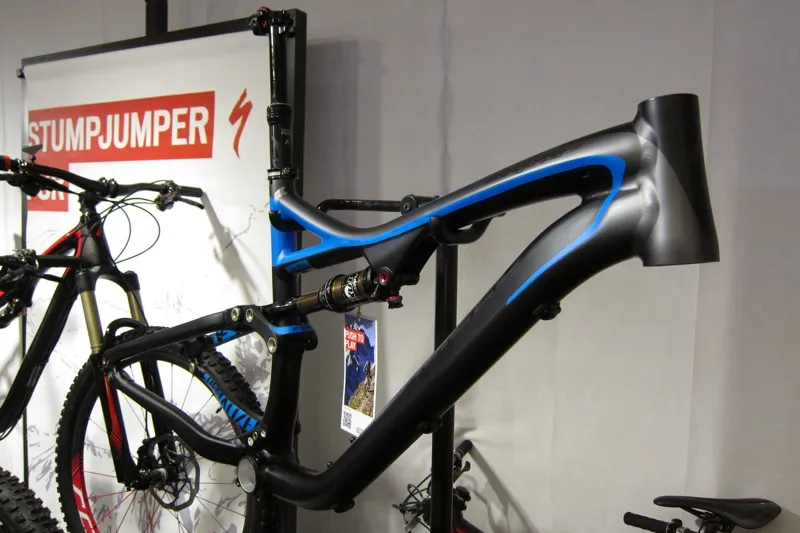
Sure to be a shop guy favorite, the Stumpjumper FSR EVO M5 alloy frameset with AutoSag Fox RP23 Adaptive Logic Kashima damper
With their latest redesign, Specialized are asking riders to think again about the Stumpjumper. The new bikes all sport contemporary features including tapered head tubes, PressFit 30 bottom bracket shells with ISCG05 chain guide tabs, 142 rear through-axles, sealed cartridge bearing pivots with captured hardware, internal dropper seatpost cable routing and direct post mount 160mm brake tabs.
All of the standard Stumpjumper FSR models will also come with a new chain retention device called the Dangler – a low-friction, 30g chainstay slide glide built using composite plastic technology borrowed from KTM motorcycles. While the Dangler looks low-tech, during our rides at the launch it did an admirable job keeping the chain on and goes unnoticed while riding; it’s quiet and doesn’t add any perceivable friction to the system.

The proprietary Dangler chain device is so quiet you don't notice it when riding
While there are 10 models in the new Stumpjumper FSR line we’ll look at two to give a frame of reference: a standard Stumpjumper FSR and an FSR EVO.
S-Works Stumpjumper FSR Carbon
The S-Works Stumpjumper FSR Carbon is available with 26in wheels and 140mm of travel, or 29in wheels and 130mm. We took a ride on the 29er version. This top-of-the-line, break-the-bank bike rides as a machine nearing the US$10,000 mark should – extremely well. It's light, and the components have been well thought out – 720mm wide low-rise bar, Specialized Command Post BlackLite dropper seatpost, Fox Racing Shox Kashima suspension (with Brain inertia AutoSag damper for the rear) and new Roval Control Trail SL carbon wheels with 28mm OD rims.
This is all icing on the cake, as the bike’s well sorted geometry (69˚ head tube angle, 450mm chainstays, 338mm bottom bracket height/34mm drop) was the star of our brief test ride, during which it handled beautifully. While the S-Works bike is attention grabbing, there are few who can afford to drop that type of cash on a mountain bike, which is where the M5 alloy models come in – these start in the mid-$2,000 range. Carbon bikes with a decent but more subdued spec start at around $4,000.
The antitheses of the S-Works bikes are the EVO models. Specialized will offer three complete EVO bikes for 2012: one with 29in wheels and two with 26in wheels. The EVO trail bikes are defined by their slacker angles (for example the head angles are 67˚ versus 68˚ for the 26in bikes, and 68˚ versus 69˚ for the 29ers), additional travel (150mm front and rear for the 26in bike; 140mm front, 135mm rear for the 29er) and gravity focused suspension and build.
Stumpjumper FSR Comp EVO
The FSR Comp EVO is the most economical bike in the EVO line and will sell in the mid-$2,000 price range. It comes with a hydroformed M5 alloy frame, which has a claimed weight of 2,415g without the RP2 AutoSag damper. A RockShox Revelation fork with 20mm axle and Motion Control RL DNA damper complements the 150mm FSR rear suspension system. With a flick of the lockout levers the bike climbs respectably and it's a hoot on the descents; the extra 10mm of travel, bigger tires and slacker angles are immediately noticeable. The bike also sports a Command Post BlackLite dropper post – a real bonus considering the price.
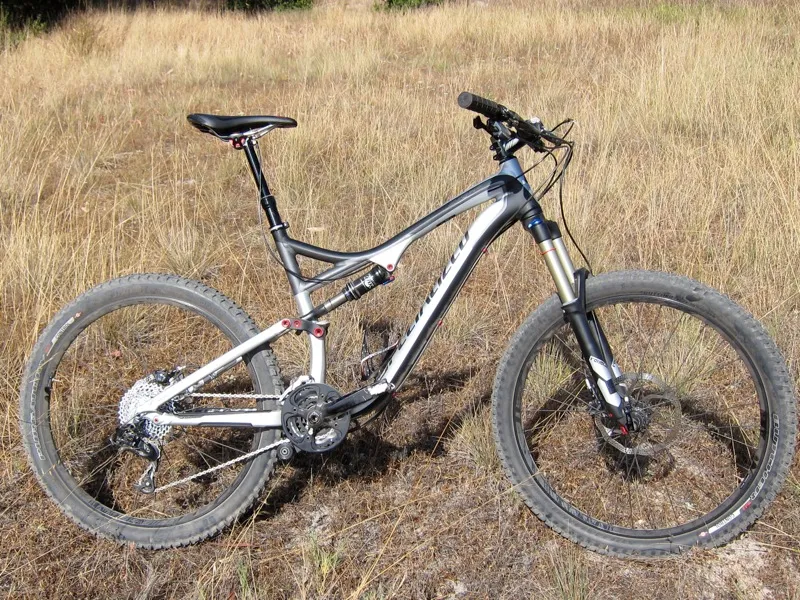
Specialized Stumpjumper FSR Comp EVO
AutoSag rear shocks
All of the Stumpjumper FSR models use a new shock setup design that automatically adjusts the rider’s sag to 20 percent in four easy steps: open the compression adjustment; overfill the shock by 30-50psi; sit on the bike and press the auto sag button, emptying the negative chamber; cycle the shock to automatically refill the negative chamber and you’re ready to ride.
AutoSag uses an existing transfer port found on the outer air can of Fox’s Float shocks but adds an additional ring type chamber with a second valve. This allows for the negative chamber to be bled, and under a rider's full weight the bleed sets a fixed sag – in this case 20 percent – based on its engineered location.

The AutoSag valve on the Fox-made FutureShock
Once sag is set and the shock is cycled the valve can be used to release air to fine-tune the shock, without fear of emptying the shock, as you would if you were bleeding from the main chamber without a pump. The AutoSag shock can also be set conventionally using a shock pump and O-ring. The point of the technology is to make sure all Stumpjumper FSR riders get the most from their bike’s suspension.
Stumpjumper hardtail
While the Stumpjumper carbon hardtail frame carries over from 2011, the M5 alloy model – aimed at performance-minded riders on a budget – has been completely redesigned. It's inherited many of the features found on the carbon bike: a tapered head tube, direct post mount 140mm brake tabs and PressFit30 bottom bracket shell, plus thin seatstays and a 27.2mm seatpost for a softer ride when seated. The Stumpjumper M5 will be offered in Comp 29 and EVO 29 trail dress, as well as a single Comp 26in model.

Specialized Stumpjumper M5 alloy EVO trail hardtail
Carve 29er
The all-new Carve takes the economical purpose of the M5 Stumpjumper yet a step further. There are three M4 alloy models in the line, all with 29in wheels, with prices ranging from $1,300 to $1,700. Designed to slot in between the Stumpjumper and Rockhopper ranges, the bikes offer tapered head tubes, tapered seat tubes and a bridgeless ‘vertical flex stay system’ paired with a 27.2mm seatpost to better their comfort.
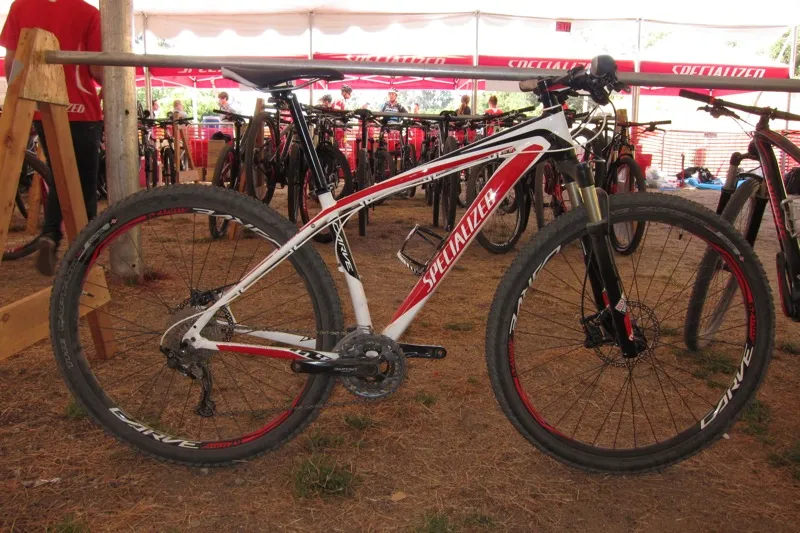
Specialized' Carve Pro 29er
Camber carbon 29er
Specialized launched the Camber full-suspension bike last year. The big news for 2012 is three new carbon 29er models. The seven-model Camber range splits the difference between the Stumpjumper and Epic lines in regards to both travel and geometry, with 110mm of travel and a 70˚ head angle for the 29in models and 120mm and 68.5˚ for the 26in bikes.
The Camber sports all of the features found on the Stumpjumper FSR, including a tapered head tube, internal dropper post cable routing, PressFit30 bottom bracket, 142 rear through axle and direct post mount 160mm rear brake mount. M4 alloy Camber models will be available in both 29in and 26in wheeled models, starting at $1,700.
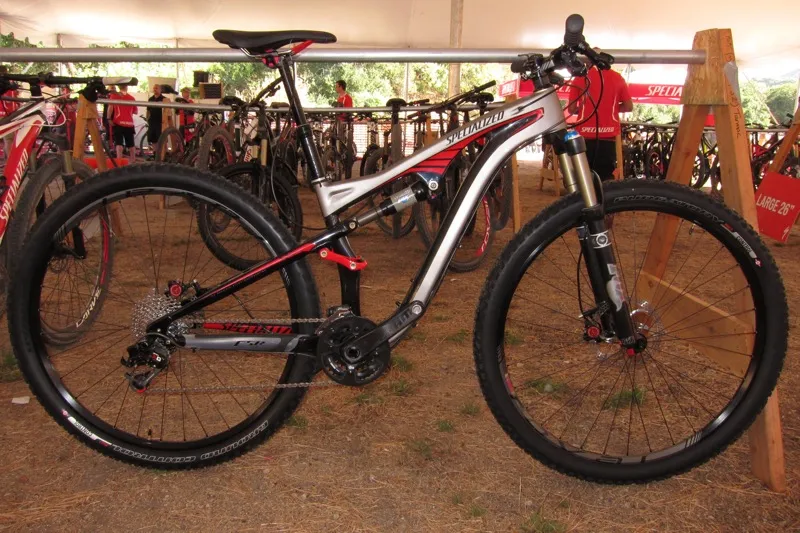
Specialized Camber Expert Carbon 29
Status DH
The Status is a replacement for the venerable Big Hit downhill/freeride bike, with an all-new, 200mm-travel M4 alloy frame built with geometry adopted (and adapted) from the Demo; it sports a lower bottom bracket and slacker head angle than the Big Hit. The FSR suspension is also newly modified, with a linear shock rate which, combined with the geometry, is said to make it a much more capable downhill race bike. The Status is aimed at new gravity riders, whether they're kids or senior riders and looking to race or just run laps in the bikepark.
It uses a 1-1/2in head tube and runs bearings in all of its pivots (save for the forward shock mount). It'll be offered in two models: Status 2 and Status 1. The former runs just over $3,000 with a RockShox Domain dual crown fork and Fox DHX RC damper. The Status shares forgings with the SX Trail, and while both models come with a single ring and chainguide, it'll accept an E-Type front derailleur. Out back the bike has 135mm spacing with simple open quick-release dropouts, though both models come with bolt-on hubs.
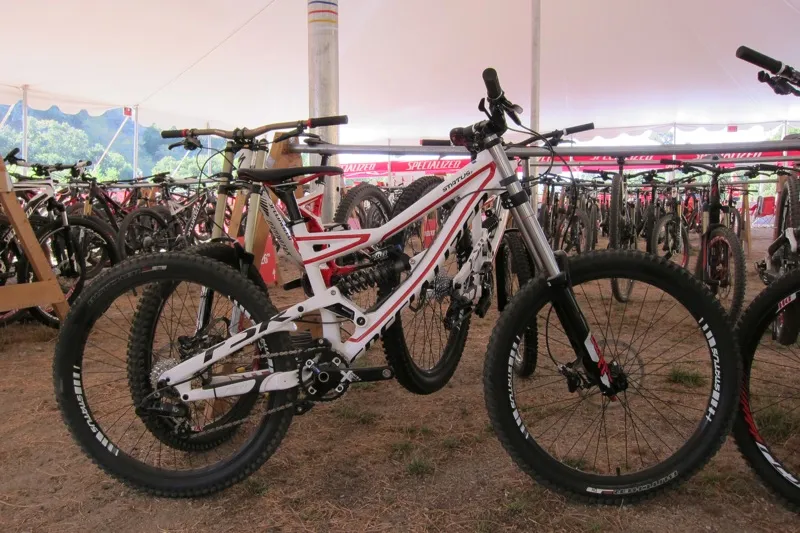
Specialized Status II downhill bike



